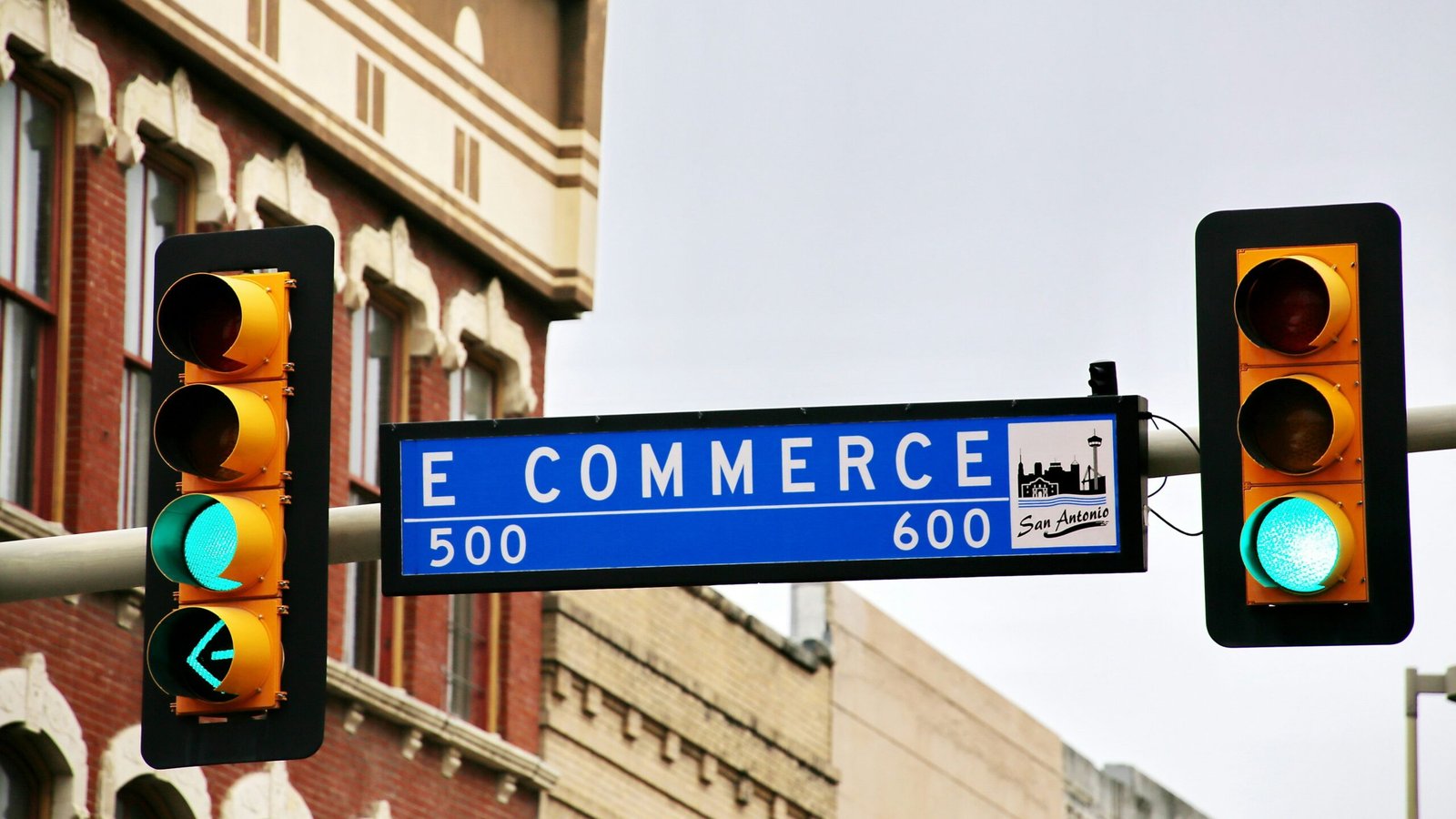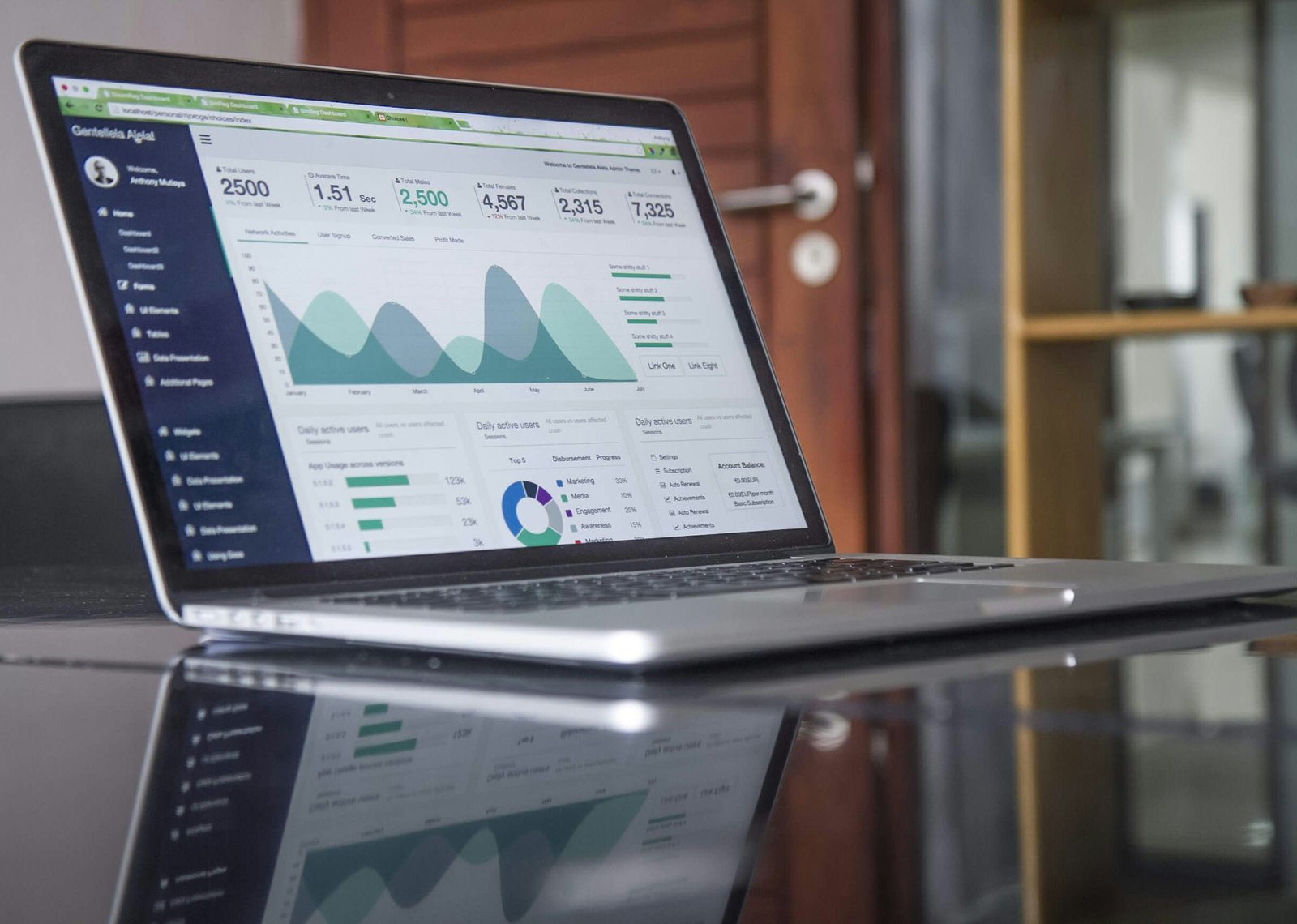The Steps to Write Successful B2B E-commerce Newsletters
Newsletters are a powerful tool for B2B e-commerce businesses to connect with their ideal customers and generate sales. By crafting compelling and informative newsletters, you can engage your audience, build trust, and drive conversions. In this blog post, we will discuss the steps to write successful B2B e-commerce newsletters that appeal to your ideal customers and help generate sales.
1. Define Your Target Audience
Before you start writing your newsletter, it’s crucial to have a clear understanding of your target audience. Who are they? What are their pain points? What kind of content do they find valuable? By defining your target audience, you can tailor your newsletter content to meet their specific needs and interests.
For example, if you are a B2B e-commerce business selling software solutions to small businesses, your target audience may consist of small business owners or managers who are looking for cost-effective and efficient software solutions. Understanding their challenges and goals will help you create relevant and engaging content for your newsletters.
2. Set Clear Goals
Before you start writing your newsletter, it’s important to set clear goals. What do you want to achieve with your newsletter? Do you want to drive sales, increase website traffic, or build brand awareness? Setting clear goals will help you focus your content and measure the success of your newsletters.
For example, if your goal is to drive sales, you can include special offers, discounts, or product recommendations in your newsletters. If your goal is to increase website traffic, you can include links to relevant blog posts or landing pages in your newsletters.
3. Craft Attention-Grabbing Subject Lines
The subject line is the first thing your subscribers see in their inbox, and it plays a crucial role in determining whether they open your newsletter or not. Craft attention-grabbing subject lines that pique their curiosity and entice them to click.
For example, instead of a generic subject line like “Monthly Newsletter,” you can use a more enticing subject line like “Unlock the Secrets to Boosting Your Business’s Efficiency.”
4. Provide Valuable and Relevant Content
Once your subscribers open your newsletter, it’s important to provide them with valuable and relevant content. Share industry insights, tips, and actionable advice that can help them solve their problems or achieve their goals.
For example, if you are a B2B e-commerce business selling marketing automation software, you can provide tips on how to streamline marketing processes, automate email campaigns, or improve lead generation strategies.
5. Use Engaging Visuals
Incorporating visuals such as images, infographics, or videos can make your newsletters more engaging and visually appealing. Visuals can help break up the text and make your content more digestible for your readers.
For example, if you are a B2B e-commerce business selling office furniture, you can include high-quality images of your products in your newsletters to showcase their design and functionality.
6. Include Clear Call-to-Actions
Every newsletter should have a clear call-to-action (CTA) that tells your subscribers what you want them to do next. Whether it’s to make a purchase, download a resource, or sign up for a webinar, your CTA should be clear, concise, and compelling.
For example, if you are promoting a new product in your newsletter, your CTA can be “Shop Now” or “Learn More.”
7. Test and Analyze
After sending out your newsletters, it’s important to test and analyze their performance. Pay attention to metrics such as open rates, click-through rates, and conversion rates. This data will help you understand what works and what doesn’t, allowing you to refine your newsletter strategy over time.
For example, if you notice that certain subject lines or types of content perform better than others, you can adjust your approach accordingly.
Conclusion
Writing successful B2B e-commerce newsletters requires careful planning and execution. By defining your target audience, setting clear goals, crafting attention-grabbing subject lines, providing valuable content, using engaging visuals, including clear call-to-actions, and analyzing your performance, you can create newsletters that appeal to your ideal customers and help generate sales. Remember to continuously learn from your data and adapt your approach to ensure that your newsletters remain effective and impactful.







